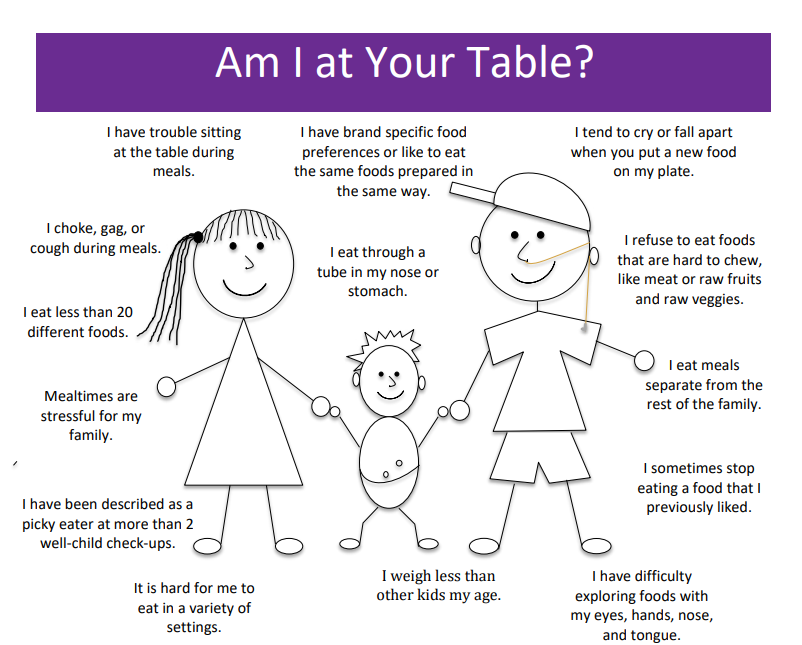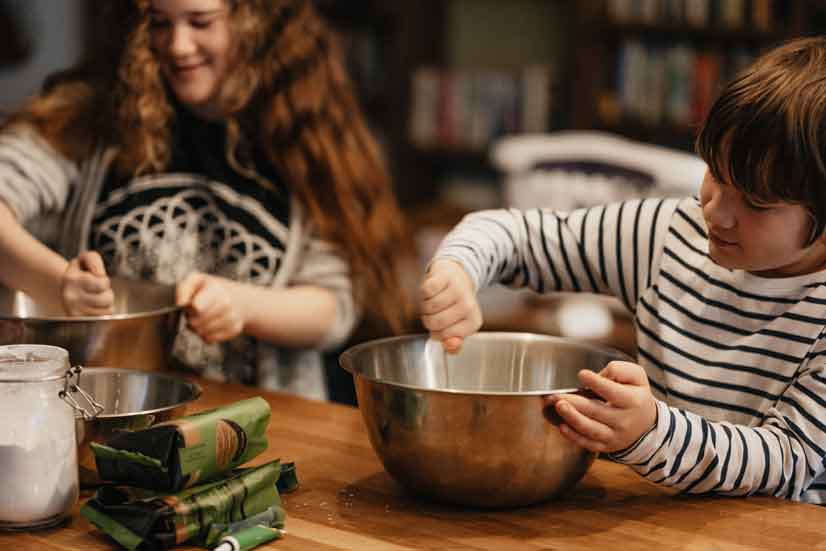
Need inspiration for kid-friendly gifts? Our therapists highlight their favorite toys of the season.

You Might Have a Picky Eater If…
You Might Have a Problem Feeder If…
If you answered yes to most of the “problem feeder" signs and you’ve identified other feeding concerns, like, gagging, coughing, choking, no progress towards solids, or being stuck on the bottle – you're probably wondering, "What now?".
Step 1: Follow Your Gut and Ask Your Primary Care Provider for a Feeding Evaluation
An evaluation will look at your child’s current oral motor skills (i.e., lip closure, tongue movement, chewing), foods/textures accepted (both solids and liquids), mealtime routines/schedules, and come together with your family to make a plan to best support and help your child with their feeding skills.
What Might Treatment Look Like?
The treatment component of feeding therapy uses a variety of therapy techniques. e.g., Beckman Oral Motor, SOS Approach to Feeding (Sequential Oral Sensory), Talk Tools, Food Chaining, Social Modeling, etc. The team will incorporate typical feeding development to systematically desensitize and learn skills and behaviors to progress toward different goals. e.g., an increased variety of foods, bottle-to-cup transition, or improved chewing.
If you're not sure whether you have a problem eater, contact us for an evaluation. We'll observe your child where they are, give you support to help your child feel comfortable coming to the table again and create routines and schedules to increase the variety and textures of foods.
Other Ways to Support Your Child
Pre-Feeding Activities
There are many “pre-feeding activities” to help support your kids too! Ask your kiddo to help clean, prep, or serve foods to family members, finger paint with yogurt, pudding, or applesauce, have a picnic, or have them help roll out pizza dough and place toppings. Let them get messy!!

Modeling Good Feeding Behaviors
Modeling good feeding behaviors is a key component as well. It is important to think about what you are eating as a family. We can’t expect our kids to eat broccoli if they have never seen it in the house. It is important to reduce the pressure of coming to the table for mealtime and help our kids feel safe showing up without being forced to eat something. We can do this by always offering “safe foods” and one new food with no expectation to eat it. Kiddos will do so much better progressing towards trying new foods, if we have discussed the plan for dinner ahead, if we have seen the ingredients on the counter, touched them, helped prepare them, and discussed the texture or properties. The first exposure is not when we show up expecting them to eat it.